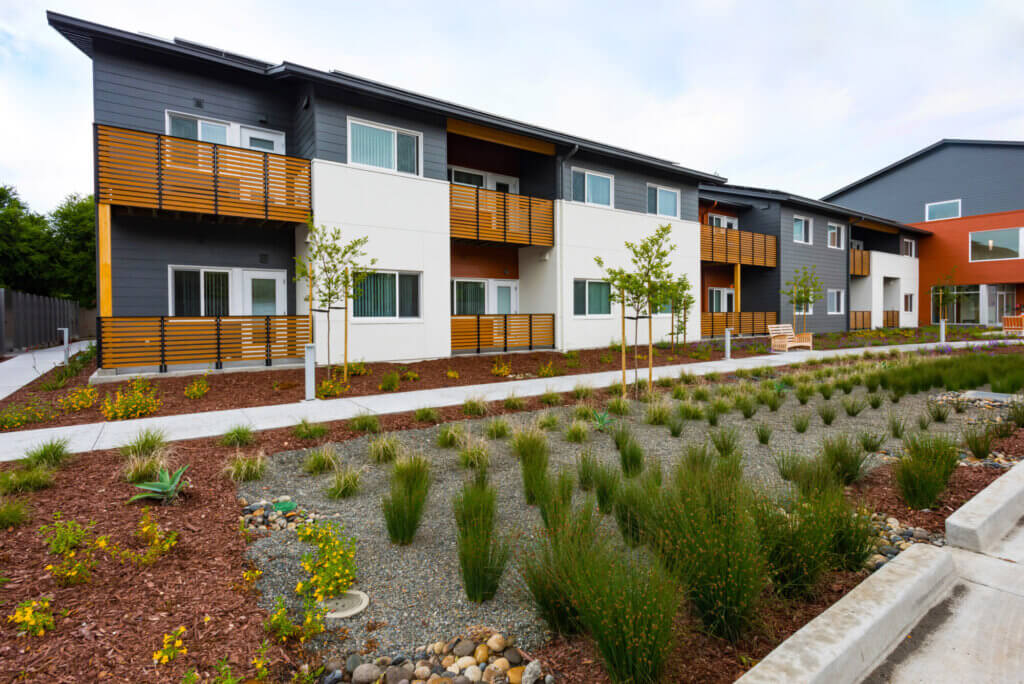Paying the Rent in a Pandemic: Recent Trends in Rent Payments Among Affordable Housing Tenants in California
Published On June 18, 2021
A new study from the Terner Center provides a window into the uneven impacts of the COVID-19 pandemic on California renters and the mounting rental arrears that tenants are facing as the economy begins to reopen. The study draws on rent payment data from January 2019 through December 2020 from 8,605 households living in affordable housing properties managed by Eden Housing, one of the largest nonprofit housing developers in California.
Authored by Research Director Elizabeth Kneebone, Data Scientist Quinn Underriner, and Faculty Research Advisor Carolina Reid, “Paying the Rent in a Pandemic: Recent Trends in Rent Payments Among Affordable Housing Tenants in California” finds that the share of tenants who missed a rent payment in any given month more than doubled during the peak of the pandemic, reaching 5 percent by December 2020. Between April and December of 2020, more than 1 in 5 tenants in Eden’s family properties missed a rent payment, roughly twice the share during the same period the year before. For households that missed a rent payment during the pandemic, the average amount owed in a given month was $750, and 62 percent of tenants who missed a rental payment in April 2020 had not caught up by December 2020.
The analysis demonstrates the precarious financial circumstances facing low-income renters—and especially single-parent families and households of color—since the onset of the pandemic. Rental nonpayment rates for single-parent households tripled over the pandemic period. Households headed by Black tenants were particularly hard hit: between April and December of 2020, more than 1 in 3 Black households missed a rent payment.
The analysis indicates the importance of a robust social safety net—and the critical role that mission-driven affordable housing plays—in supporting households through economic crises. The findings show significant distress among low-income renters, and underscores the need for more research on how other parts of the rental market are faring to help policymakers and practitioners ensure that this ongoing crisis does not lead to a rise in housing insecurity, evictions, and homelessness.





